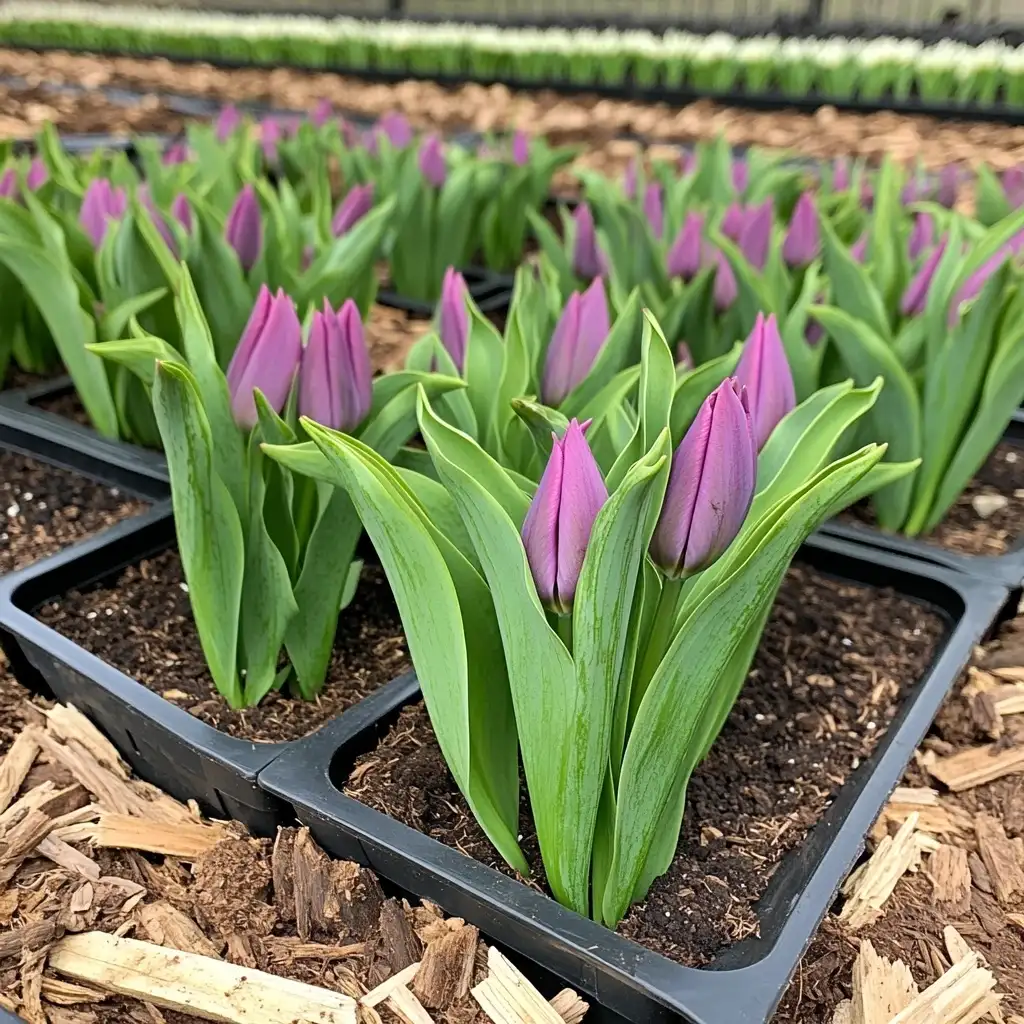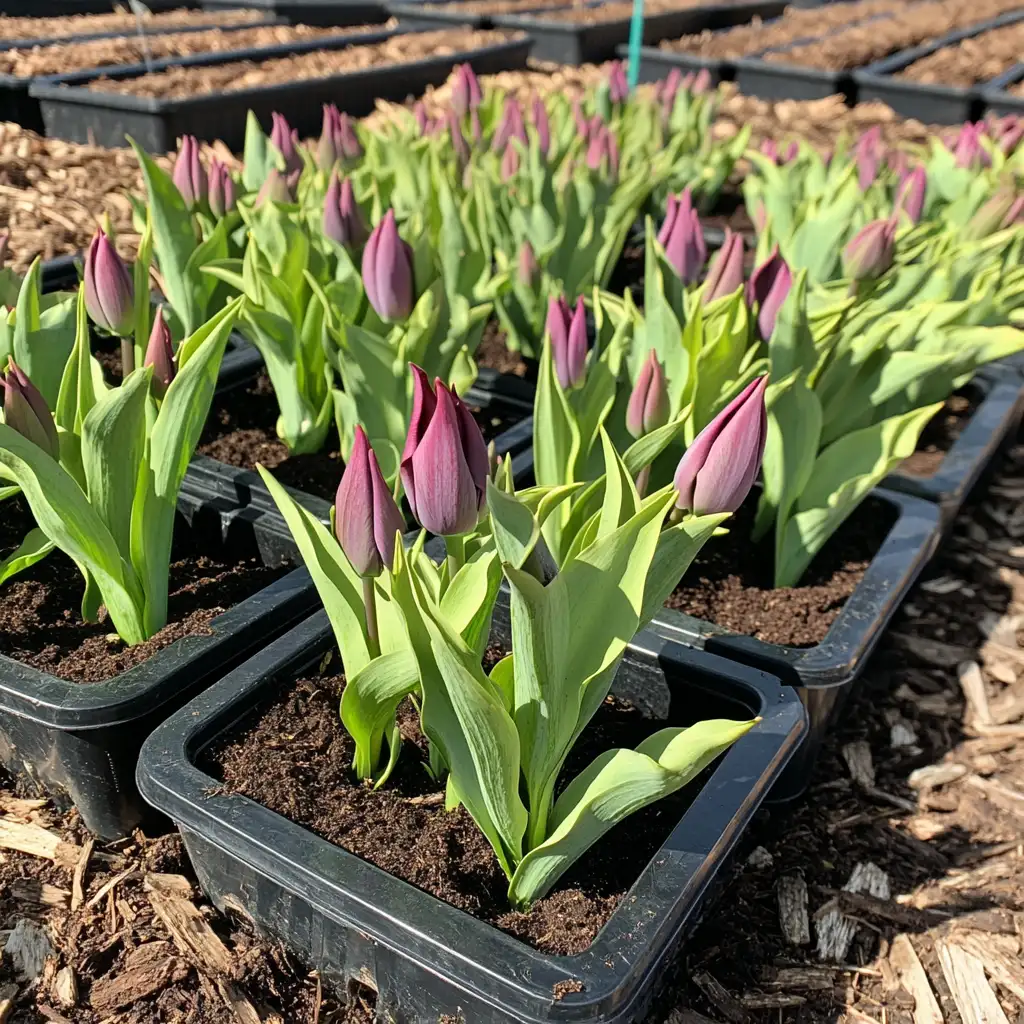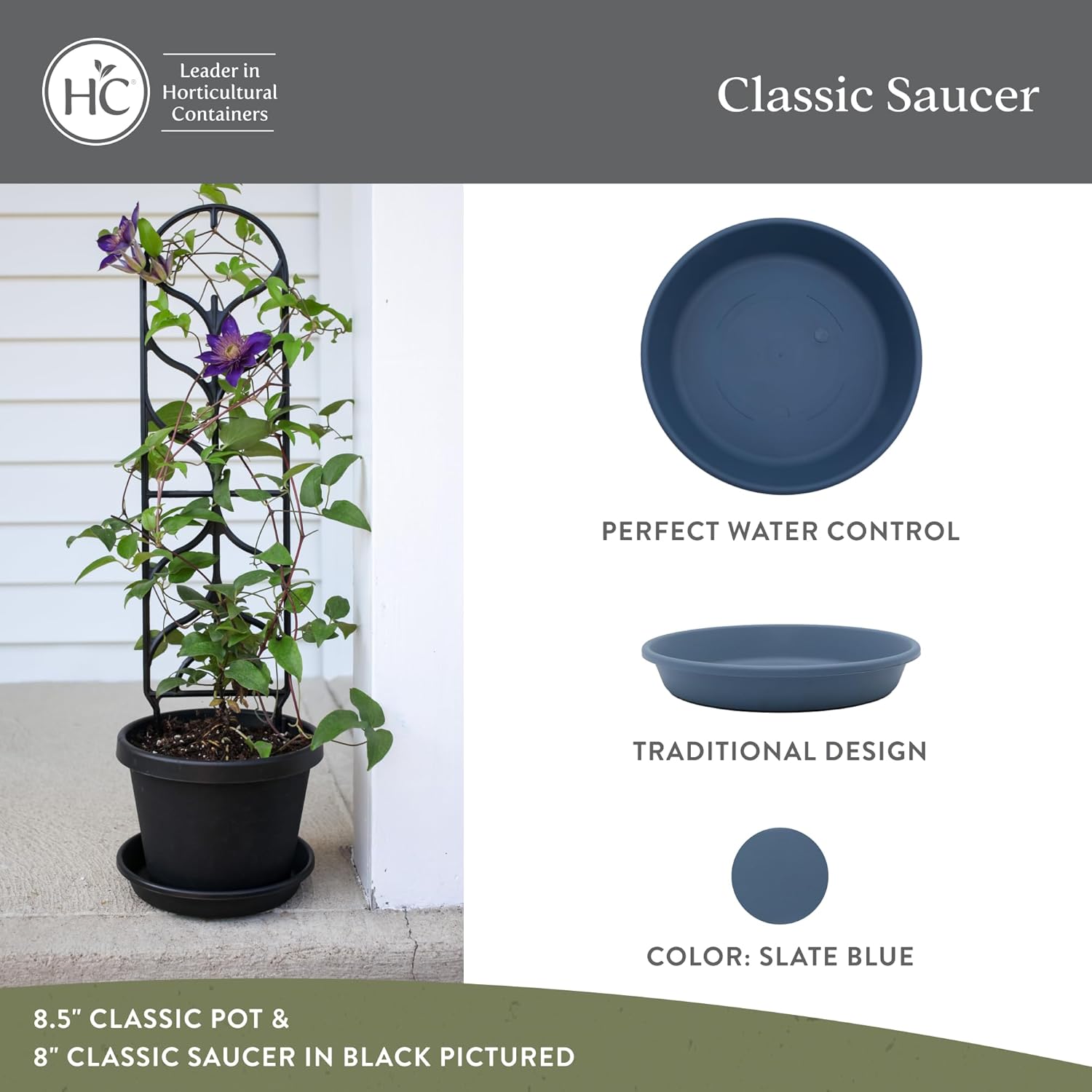Growing tulips in your garden is a springtime joy—but did you know that cultivating them specifically for cut flower arrangements is a whole different game? Whether you’re a backyard grower or a budding flower farmer, learning how to grow tulips as cut flowers means embracing a new planting strategy that maximizes stem length, bloom quality, and vase life. In this guide, you’ll discover expert tips for planting, harvesting, and enjoying tulips that are grown just for the vase.
Ready to take your tulip game from landscape lovely to bouquet-ready? Let’s dig in.
🌿 Tulips in the Garden vs. Tulips in the Vase: What’s the Real Difference?
At first glance, a tulip is a tulip, right? Not quite! The method for growing tulips changes significantly depending on your goal. Are you aiming for a colorful display in your garden beds—or are you growing specifically to harvest long-stemmed beauties for arrangements? Here’s how these two approaches differ:
🌷 Tulips for Landscaping
- Purpose: Designed to enhance your outdoor space with seasonal color
- Planting Style: Spaced 4–6 inches apart using bulb planters or garden tools
- Longevity: Treated like short-lived perennials—most varieties will return for a couple of years
- Maintenance: Left to bloom and fade naturally, with the hope that the bulbs will reflower next season
- Bulb Care: Often refreshed or replaced every 2–3 years as their vigor declines
✂️ Tulips for Cut Flowers
- Purpose: Grown for indoor enjoyment in vases and floral arrangements
- Planting Style: Packed tightly, almost like eggs in a carton, to encourage tall, straight stems
- Longevity: Treated as annuals—bulbs are used once, then composted
- Harvesting: Entire plant is pulled before the bloom opens; the stem is separated from the bulb
- Bulb Care: Bulbs are discarded after harvest, as they typically won’t rebloom
👉 Pro Tip: If you harvest tulips for the vase by cutting them too low (especially from your landscaping), you remove the plant’s ability to photosynthesize—making it unlikely that the bulb will bloom again.
💐 Can You Use Garden Tulips as Cut Flowers?
Technically, yes—you can cut tulips straight from your landscaping and pop them into a vase. But should you? That depends on what you’re willing to sacrifice.
To get those long, elegant stems we all love in arrangements, you’d need to cut the flower close to the base—sometimes right at soil level. That’s where the problem begins. When you remove the stem and bloom, you leave the bulb without any way to recharge through photosynthesis. The leaves are its energy source, and without them, the bulb’s chances of blooming next year drop dramatically.
👉 Real-world example: One grower cut 400 tulips at the soil line and left the bulbs in the ground to “see what happens.” Three years later, only two weak blooms returned. Moral of the story? Once the stem is gone, consider the bulb done.
🌱 Are Tulips Really Perennials?
It’s a common belief that tulips come back year after year—but the reality is more nuanced. While tulips are technically perennials, most modern varieties don’t reliably return unless grown under very specific conditions that mimic their native environment (think: Central Asia’s hot, dry summers and cold, wet winters).
Tulip Varieties with Better Perennial Potential:
- Darwin Hybrid Tulips
- Emperor Tulips
- Triumph Tulips
Even these stronger varieties tend to decline over time and are often replaced every few years by gardeners and public parks alike. On the flip side, tulips grown specifically for cut flowers are bred to bloom once and are meant to be composted after harvest.
🪴 Can You Grow Tulips in Pots?
The answer? It’s complicated.
You can grow tulips in containers, but they face more stress compared to those planted in the ground. Potted bulbs are more exposed to fluctuating temperatures and have less insulation, making them more vulnerable to freeze-thaw cycles or drying out. While some bulb suppliers discourage this method, others say it’s doable with a little extra care.
That said, even healthy tulips grown in pots are best treated as annuals—once they bloom, discard the bulbs. They rarely have the stored energy to perform well a second time.
👉 Tip: If you’re determined to try pot-grown tulips, choose a large, well-draining container and overwinter it in a sheltered but cold location (like an unheated garage or cold frame).
🌷 Are There Tulips That Work in the Garden and as Cut Flowers?
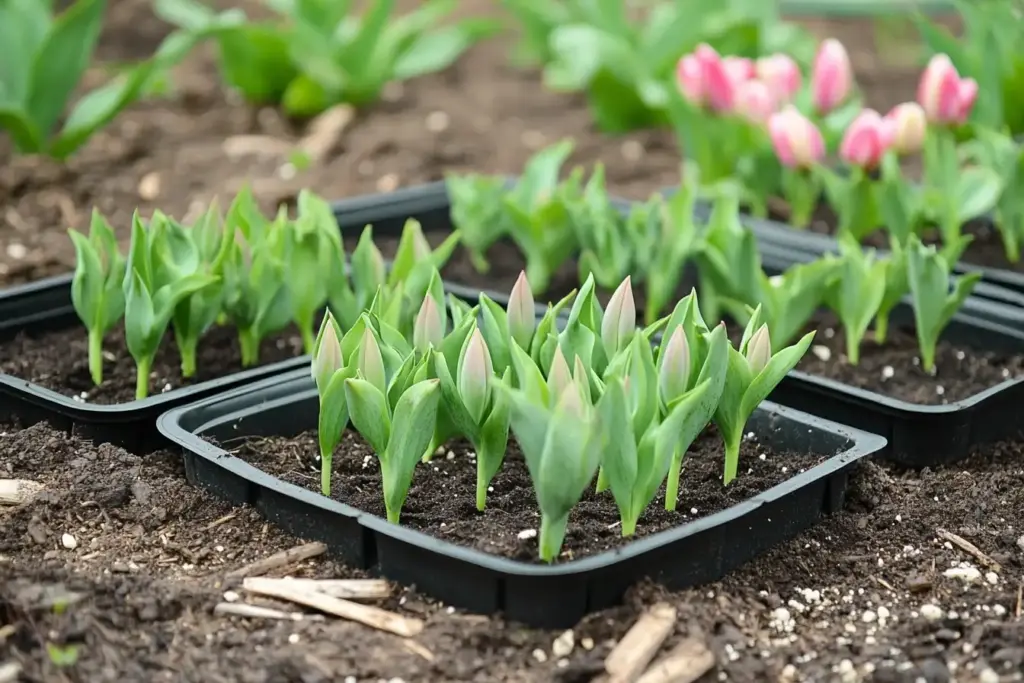
Yes—if you choose wisely.
While most tulip varieties are bred for either landscaping or cutting, there are a few superstars that straddle both worlds. Certain long-stemmed types allow you to harvest a usable stem without removing too many leaves, which gives the bulb a better shot at blooming again next year.
Best of Both Worlds:
- Darwin Hybrid Tulips – e.g., Apricot Impression, Mystic Van Eijk
- Tall Single Tulips – some have stems that exceed 24 inches
By carefully cutting a 10–12” stem while leaving most of the foliage intact, you may be able to enjoy both a bouquet and a repeat bloom the following spring. Just know that this is the exception, not the rule.
🌱 How to Plant Tulips for Cut Flower Production
When you’re growing tulips for cutting—not just admiring in the garden—you need to think like a farmer. That means tighter spacing, specialized methods, and a bit of planning to get those long, straight, florist-worthy stems.
🌼 The Key Difference: Tighter Spacing
Unlike tulips in landscape beds (which are spaced out), cut flower tulips are planted very close together—almost touching, like eggs in a carton. This tight planting helps:
- Maximize space
- Encourage upward growth
- Minimize weeds
- Make harvesting easier
🌿 Planting Methods for Cut Flowers
There are two common approaches. Both work well, depending on your space and soil.
🕳️ 1. The Trench Method
A classic approach for planting directly in the ground:
Step-by-step:
- Dig a trench 6–7 inches deep
- Place bulbs pointy side up, packed closely (but not touching)
- Cover with soil and water deeply once
- No need for frequent watering if you have rain or snow during winter
🛏️ 2. The Temporary Raised Bed Method
Great for poor soil or areas with drainage issues (or critters like voles):
How it works:
- Rake your garden area smooth
- Build a shallow raised bed, 6–12 inches high
- Fill with compost or a compost-soil mix
- Nestle tulip bulbs in, pointy side up, just like in the trench method
- Cover and water once
- After harvest, dismantle the bed and reuse the compost
👉 Bonus Tip: If you deal with pests like voles or moles, consider lining your bed with mesh or hardware cloth for extra protection.
✂️ When and How to Harvest Tulips for the Longest Vase Life
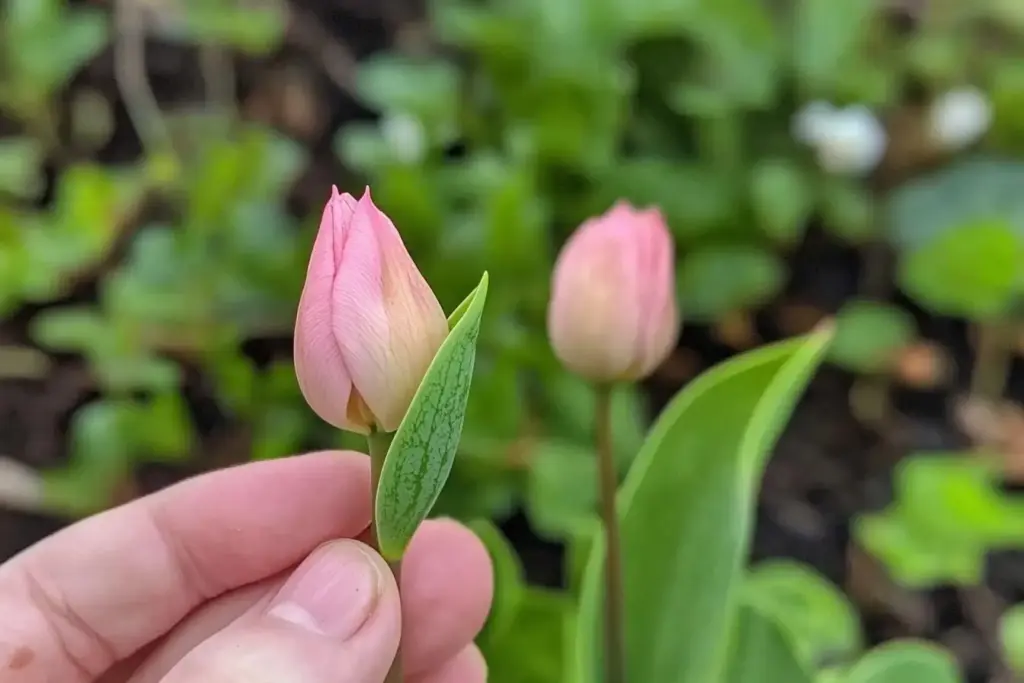
Here’s the secret most new growers don’t expect: when growing tulips for cutting, you don’t want to see them bloom in the field. That’s right—the ideal harvest time is before the flowers fully open.
🕐 When to Harvest
The perfect stage to cut is when the tulip bud has just begun to show color but is still closed. At this “goose neck” stage:
- The tulip will continue to open gradually in the vase, not in the field
- You’ll get 7+ days of vase life (instead of 3–5 if harvested too late)
- Blooms can be stored dry in a cooler or fridge for up to two weeks—perfect for managing harvest during warm spells
🌱 How to Harvest for Maximum Vase Life
- Gently pull the entire plant from the soil—bulb and all
- If you’re not using the tulips right away, do not cut off the bulb
- Wrap stems and bulbs in newspaper and store them upright in a dry container (no water!) or lay them flat
- Keep them in the dark to avoid stem bending from phototropism (light chasing)
When you’re ready to use them:
- Snip off the bulb
- Strip lower leaves
- Rinse the stems
- Place in fresh, cool water
🌼 Fixing Floppy Stems
Tulips stored dry for more than a few days can look limp—don’t worry! Here’s how to revive them:
- Wrap the stems tightly in newspaper
- Recut the stem ends
- Place them upright in water for an hour or overnight
- Unwrap—the stems will rehydrate and stand tall
✨ Fun Fact: Tulips actually continue to grow after being cut. So if your bouquet seems taller today than yesterday—you’re not imagining things!
📝 Tulip Planting Summary (Cut Flowers vs. Landscape)
Here’s a quick-reference guide to help you plant like a pro, whether you’re going for bold garden beds or bouquet-ready blooms.
🌷 For Landscape Display:
- Spacing: 4–5 inches apart
- Depth: 5–7 inches deep (3x the height of the bulb)
- Purpose: Outdoor beauty, limited stem harvest
- After Blooming: Leave foliage to die back naturally to feed the bulb
- Reblooming: Possible, but not guaranteed; bulbs may decline over 2–3 years
✂️ For Cut Flower Use:
- Spacing: Nestled closely, like eggs in a carton
- Depth: 5–7 inches deep
- Purpose: Long stems for floral arrangements
- After Blooming: Bulbs are pulled and composted—no rebloom expected
- Tip: Use trench or temporary raised bed method for easier harvest
🌸 Final Thoughts: The Art of Growing Tulips for the Vase
If you’ve been harvesting tulips from your landscaping and wondering why they don’t return, now you know—it’s all in the method. Growing tulips as cut flowers is a rewarding process when you treat them like the annual superstars they’re bred to be.
For best results, designate a space just for cut tulips, plant them tight, harvest them young, and enjoy their vibrant presence indoors. Want tulips that come back next year? Stick to Darwin hybrids and leave those leaves intact.
With the right strategy, you can enjoy tulips in the garden and in a vase—just not usually from the same plant.

